GE VMIVME-5576
Manufacturer:GE
Model:VMIVME-5576
Series:VMI
Type:Reflective Memory Board
Function:Data Transfer
Data Transfer Rate:Up to 1 Gbps
Memory Capacity:On-board RAM
Compatibility:VMIC/GE Fanuc Modules
The GE VMIVME-5576 is an essential component for any system demanding rapid and reliable data synchronization across multiple computing nodes. With its reflective memory technology, this board ensures near-instantaneous data replication between connected systems, making it ideal for use in high-demand environments such as aerospace, defense, and industrial automation.
Designed for seamless integration with VMIC/GE Fanuc modules, the VMIVME-5576 offers unparalleled performance and flexibility. Its robust architecture supports data transfer rates up to 1 Gbps, enabling lightning-fast communication across distributed networks.
Built with state-of-the-art on-board RAM, the VMIVME-5576 is capable of handling large volumes of data with minimal latency. This makes it a perfect fit for applications where real-time data exchange is critical, ensuring that systems remain synchronized even under heavy workloads.
The VMIVME-5576 is not just about speed and capacity; it’s also about reliability. With rigorous testing and stringent quality control processes, this board delivers consistent performance and long-term stability. Its compatibility with a wide range of VMIC/GE Fanuc modules further enhances its versatility and adaptability.
Installation and setup are straightforward, thanks to detailed documentation and support from GE. Whether you’re integrating the VMIVME-5576 into an existing system or planning a new deployment, our comprehensive resources will guide you through every step.

First hand source, affordable price. Spot inventory!
•Shipping Port: Xiamen
•Ship to you via Fedex/DHL/TNT/UPS/EMS
•Package: Original packing with cartons
Our Main Brand✨
ABB, GE, Allen Bradley, Honeywell, Emerson, Bently Nevada, Prosoft, Siemens, Westinghouse, Triconex, Foxboro, ICS Triplex, Hima, Schneider, Yokogawa, Woodward, B&R, KEBA, etc
Rockwell: Allen-Bradley
1) ControlLogix 1756 series controller
2) CompactLogix 1769 series controller
3) SLC 500 1747 1746 Series Controller
4) PLC-5 1771 1785 series controller5)
5)ProSoft :MVI69/PS69/MVI56/MVI94/MVI71/MVI46/31506)
6)ICS TRIPLEX trusted system
ABB:
1) AC800M series controller I/O module
2) AC800F series controller module
3) AC31 series controller module
4) 800xA series modules
5) Bailey INFI 90 module
6) DSQC robot module spare parts
7) Advant OCS system spare parts
8) H&B Freelance
Bentley Nevada :
1) Bently 3500 Monitoring system
2) Bently 3300 Monitoring system
Schneider:
Quantum 140 series :Modicon M340
Modicon Premium :CPU Processor Module,Communication module,etc
Emerson:
1) Ovation System DCS Card
2) DeltaV system Dual Channel Redundancy Safety System, Redundancy Controller
General Electric:
1) IS200/DS200 series Excitation system card
2)IC693/IC695/IC697/IC698/IC200/IC660/IC670 CPU module,Communication module, Analog Digital module
What is a DCS?
A Distributed Control System (DCS) is a sophisticated, computer-based control system designed to automate, monitor, and manage complex industrial processes. It is widely used in large-scale industrial facilities such as refineries, power plants, chemical plants, and paper mills, where precision, reliability, and scalability are critical.
How Does a DCS Work?
A DCS is composed of several interconnected components that work seamlessly to ensure efficient process control. Here’s a breakdown of its key elements:
- Controllers:
These are the “brains” of the system. Controllers receive data from sensors, process it using pre-programmed logic, and send output signals to actuators to maintain optimal process conditions. - Sensors:
Sensors act as the “eyes and ears” of the system, measuring critical physical parameters such as temperature, pressure, flow rate, and level. This real-time data is essential for accurate control. - Actuators:
Actuators are the “muscles” of the system. They execute physical actions based on controller commands, such as opening/closing valves, starting/stopping motors, or adjusting dampers. - Operator Stations:
These serve as the human-machine interface (HMI), allowing operators to monitor the process, adjust setpoints, and troubleshoot issues. Modern DCS systems often feature intuitive graphical interfaces for ease of use. - Communication Network:
The backbone of the DCS, this network connects all components, enabling seamless data exchange and coordination. It ensures that every part of the system works in harmony, even across large industrial sites.
Why is a DCS Important?
- Centralized Control with Distributed Execution: A DCS allows for centralized monitoring while distributing control functions across multiple controllers, reducing the risk of system-wide failures.
- Scalability: It can easily expand to accommodate growing operational needs.
- Reliability: Redundant systems and fail-safes ensure continuous operation, even in critical environments.
- Efficiency: Optimizes processes, reduces waste, and improves overall productivity.
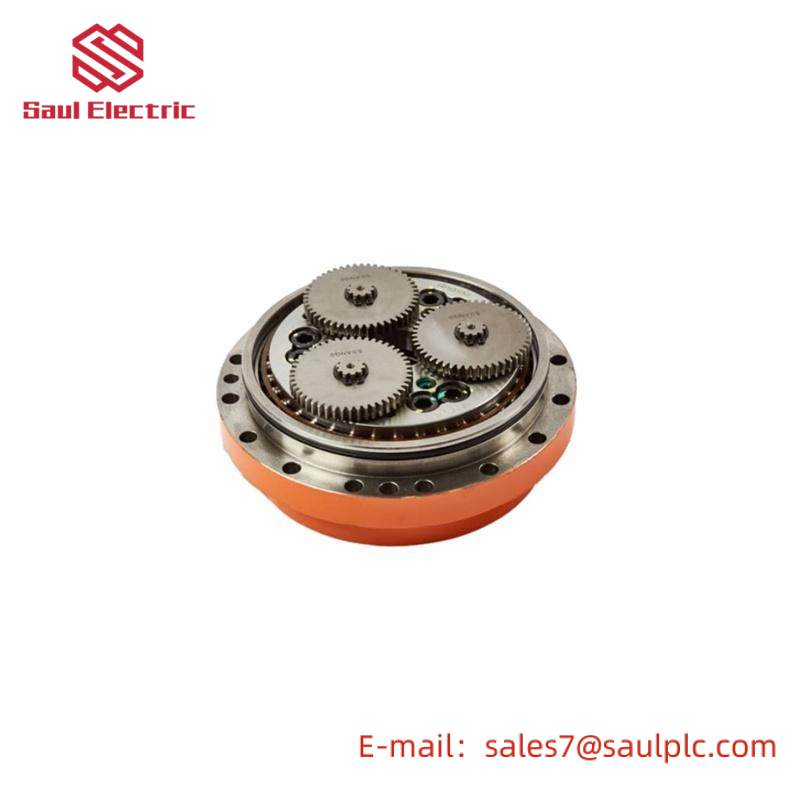
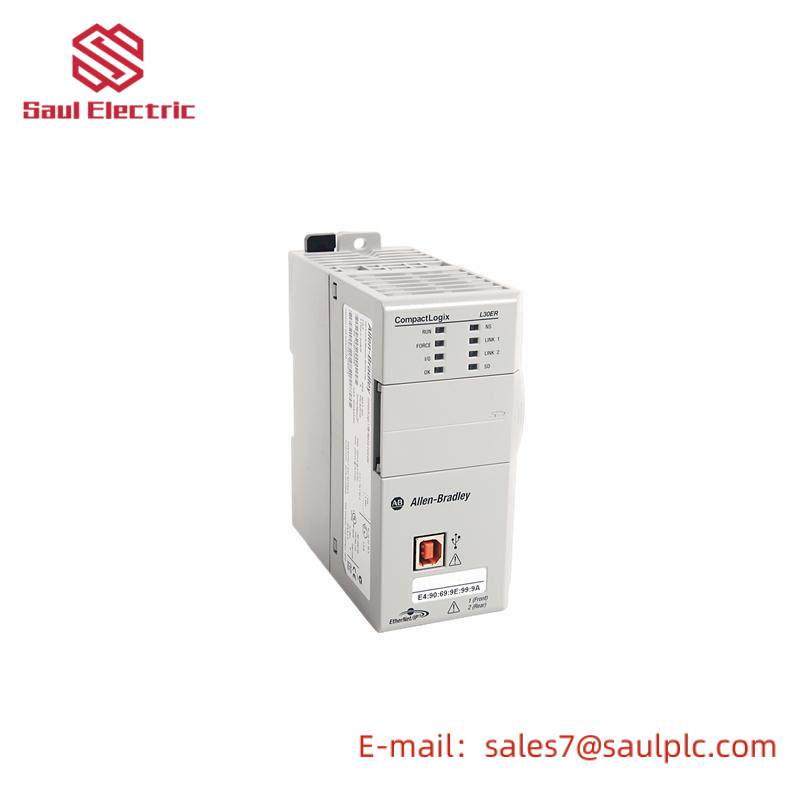

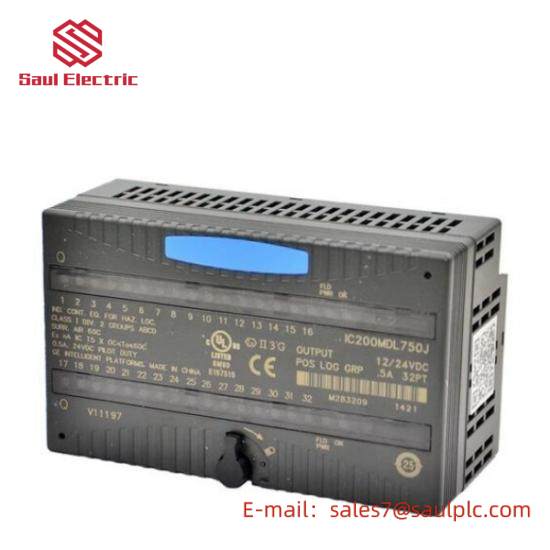


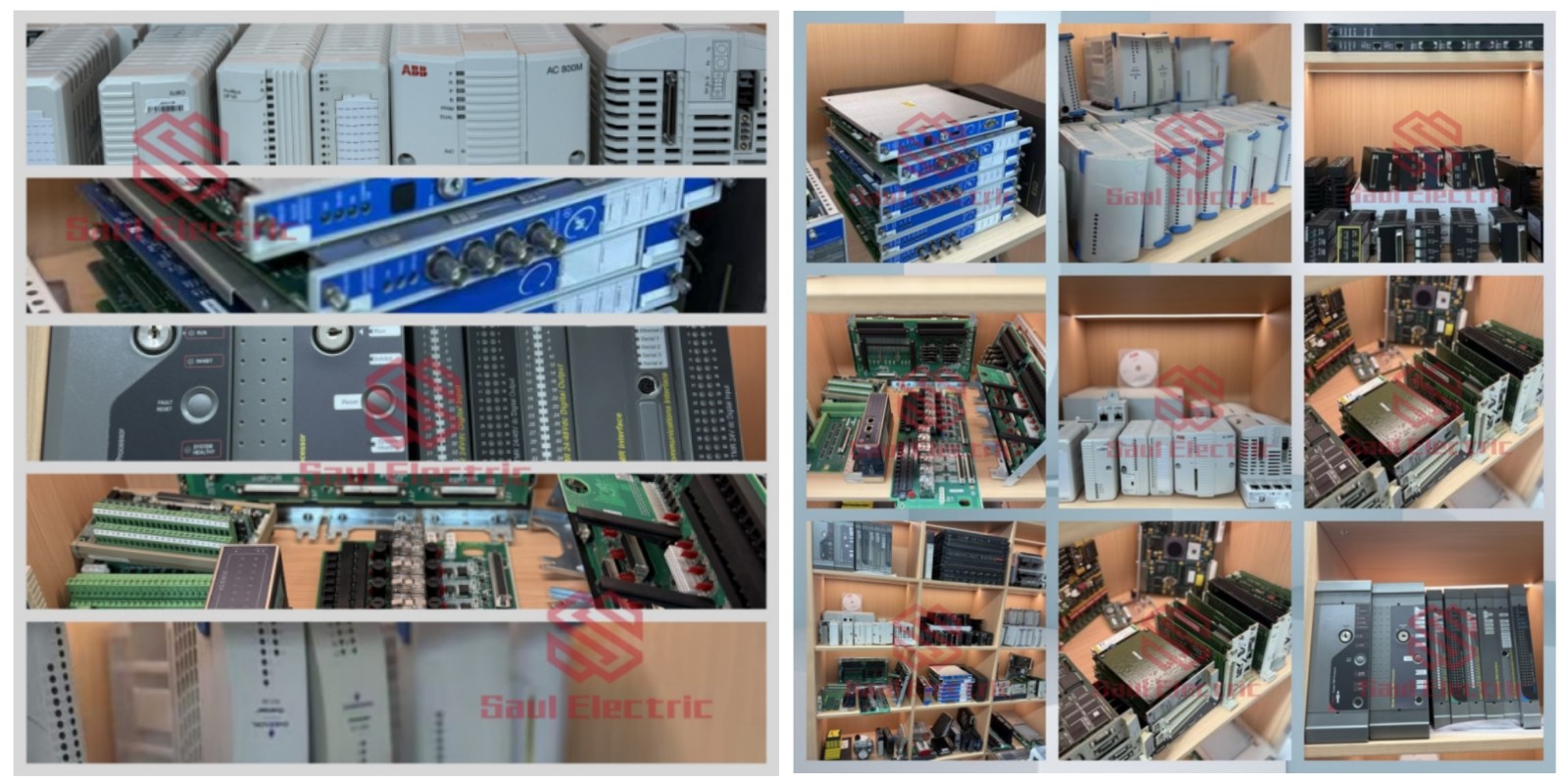

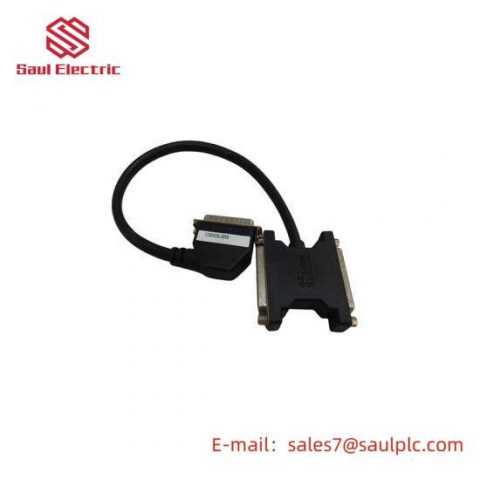

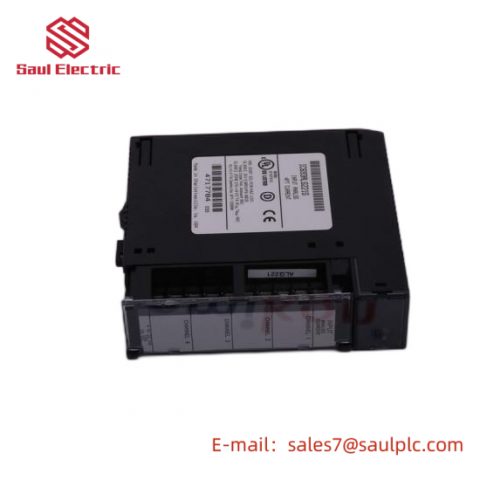
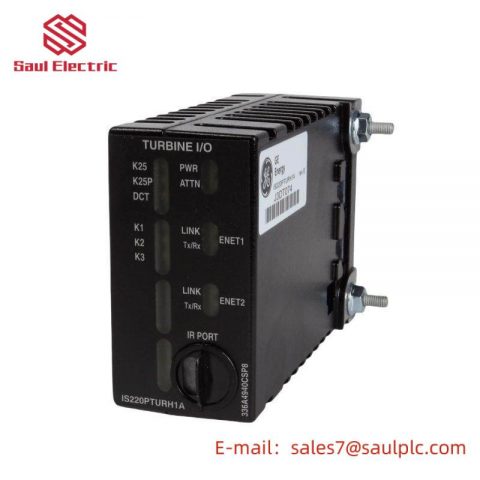
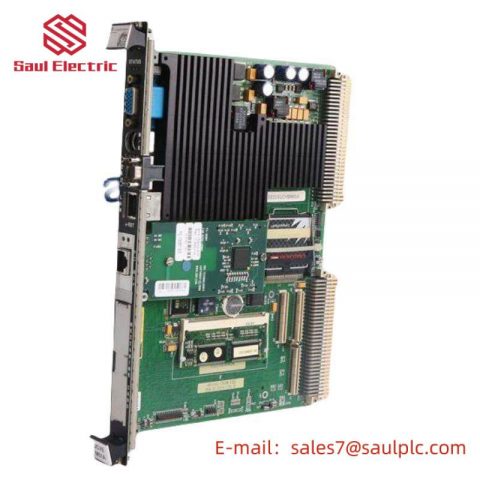
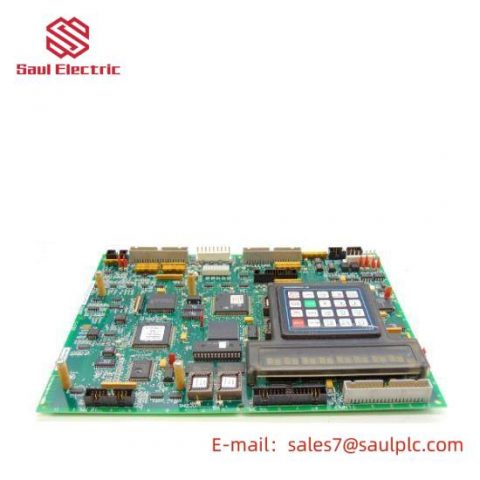
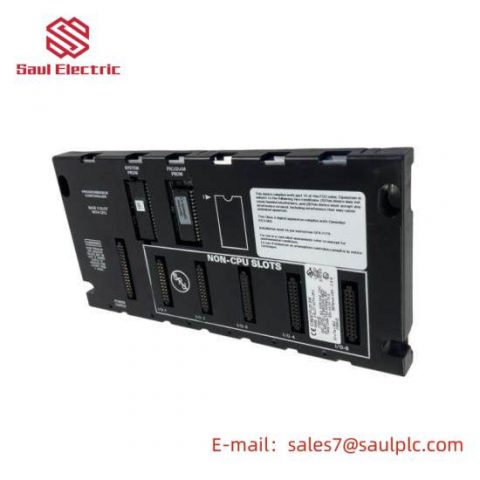

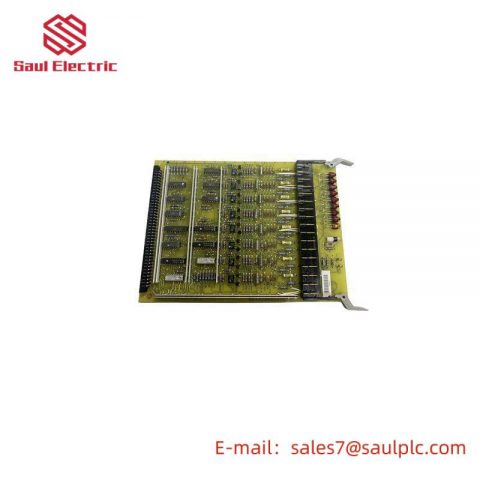
There are no reviews yet.